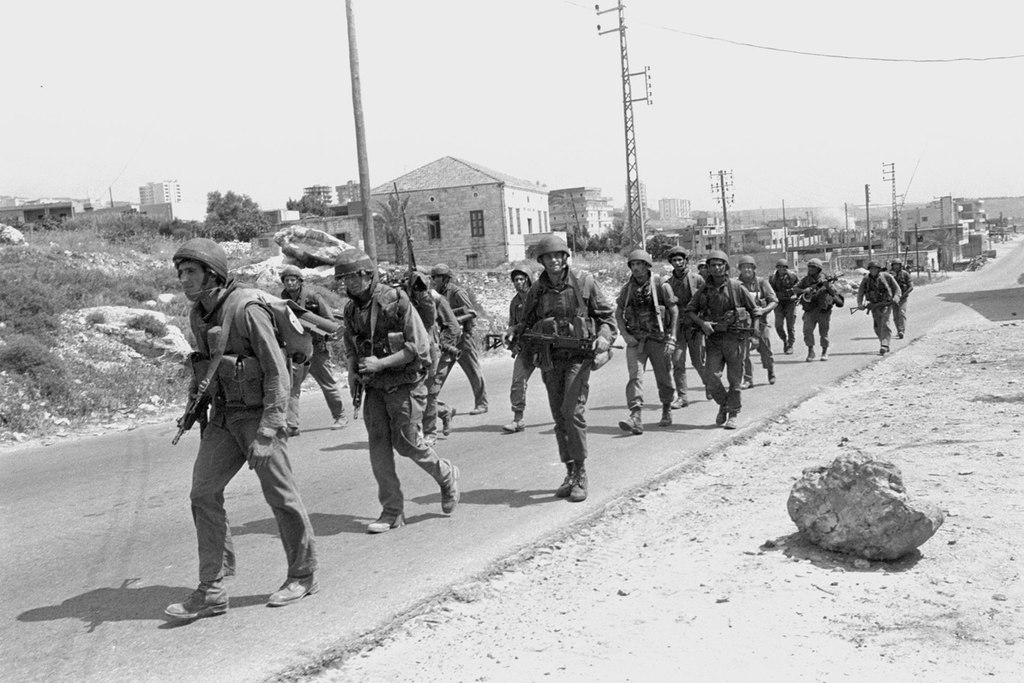On June 6, 1982, Israel invaded Lebanon, marking the beginning of a conflict that would last several months and become known as the First Lebanon War. At that time, the Palestine Liberation Organization (PLO) was active in southern Lebanon, where it had been involved in a series of confrontations with Israel. Just three days prior, on June 3, 1982, there was an assassination attempt on the Israeli ambassador to the United Kingdom, which Israel attributed to the PLO. In response to this incident, Israel decided to take swift action and officially launched its invasion of Lebanon a few days later.
The invasion was code-named “Operation Peace for Galilee” and began with a direct assault on Southern Lebanon. Israeli forces asserted that their primary objective was to push the Palestine Liberation Organization (PLO) back by 40 miles to create a larger buffer for residents in Northern Israel. However, it is evident that the Israeli government also had a broader goal of dismantling the PLO and undermining the political capabilities of the Palestinian people.
The initial Israeli invasion was highly effective. In just three days, they reached Beirut with an army of over 60,000 troops, supported by naval and air forces. Intense fighting occurred in Beirut on June 9th, involving clashes between both Syrian and Lebanese militias. Ultimately, Israel succeeded in removing the Palestine Liberation Organization (PLO) from its Southern Lebanon occupation and began its own occupation of the area.
The First Lebanon War was a significant event, as it marked a substantial escalation of both the Israeli-Palestinian conflict and the larger Lebanese Civil War.

